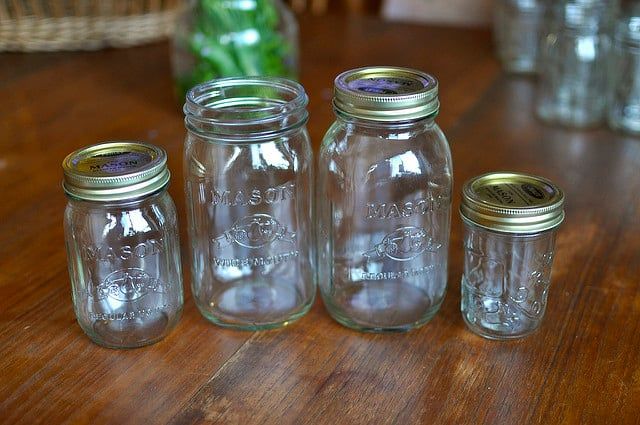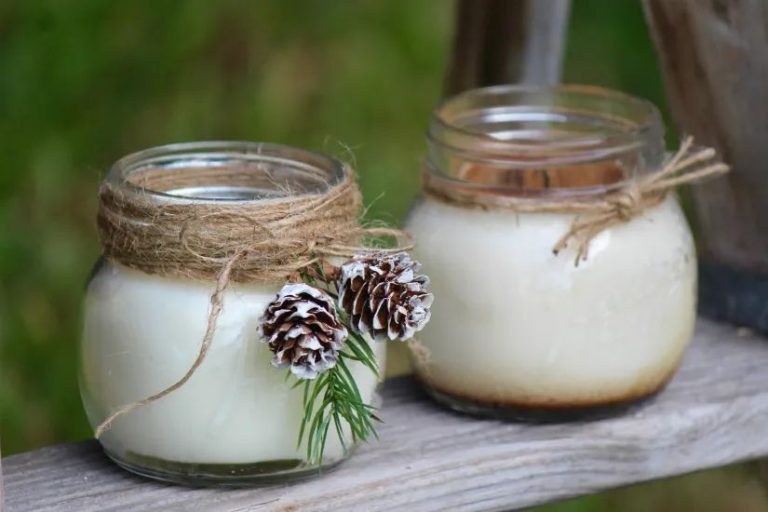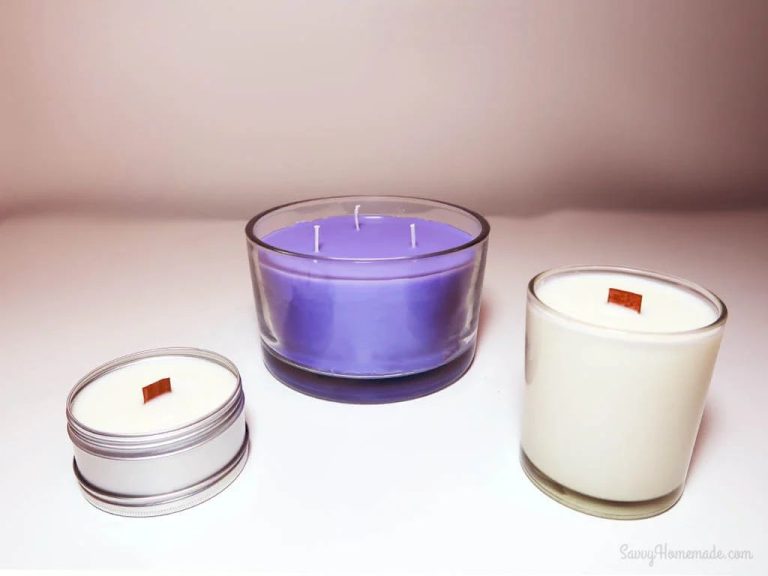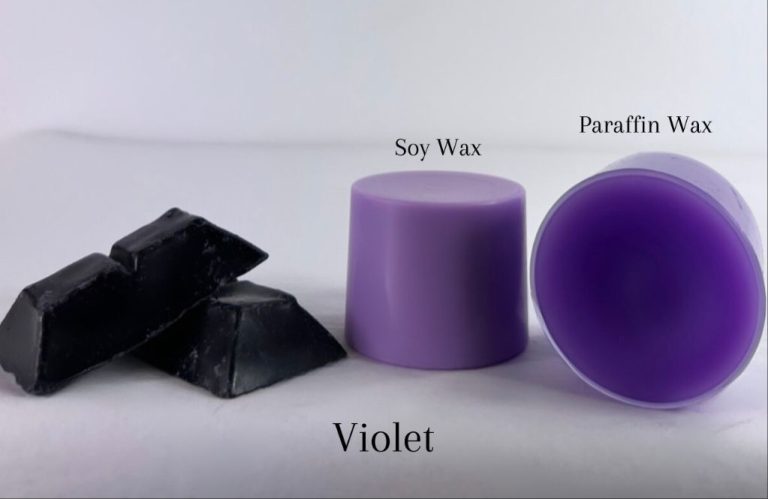What Kind Of Wick Do You Use For Beeswax Candles?
Beeswax candles have a long history dating back thousands of years. Unlike candles made from animal fat (tallow), beeswax burns brighter, cleaner, and longer. The natural wax also has a pleasant, honey-like scent. Beeswax candles were highly prized in ancient times and reserved for churches and royalty. Today, many people still prefer beeswax over paraffin candles due to the natural properties.
A proper wick is essential for beeswax candles to burn efficiently. The wick absorbs and incinerates the wax through capillary action. Cotton, wood, paper, and zinc core are common wick materials used in beeswax candles. The width and type of wick must be matched to the diameter of the candle to allow for ideal melt pool size and burn rate. This guide will examine the pros and cons of different wick options for beeswax.
Pros and Cons of Beeswax Candles
Beeswax candles have several advantages compared to paraffin wax candles. Some key pros of beeswax candles include:
- Natural and Non-Toxic – Beeswax is a 100% natural wax made by honeybees. It does not contain any synthetic chemicals, fragrances, or dyes. Beeswax candles burn cleanly without producing toxic fumes or soot like paraffin candles (https://www.honshoney.com/blog/2021/10/26/4-benefits-of-beeswax-candles).
- Longer Burn Time – The dense structure of beeswax allows beeswax candles to burn brighter and longer than paraffin candles.
- Pleasant Natural Honey Scent – The honey scent from beeswax candles can subtly fill a room with a lovely natural fragrance.
Some potential downsides of beeswax candles include:
- Higher Cost – Beeswax candles are generally more expensive than paraffin candles since beeswax is more labor intensive to produce.
- Can Burn Unevenly – The natural variances in beeswax can cause the candle to burn unevenly or leave residue on the side of the jar.
- Softens in Heat – Beeswax candles should not be left in hot environments or direct sunlight as the wax can soften and lose its shape.
Overall, beeswax candles are a great option for those looking for a natural, non-toxic candle. With proper care, beeswax candles can provide a cleaner, longer-lasting burn compared to paraffin.
Types of Wicks
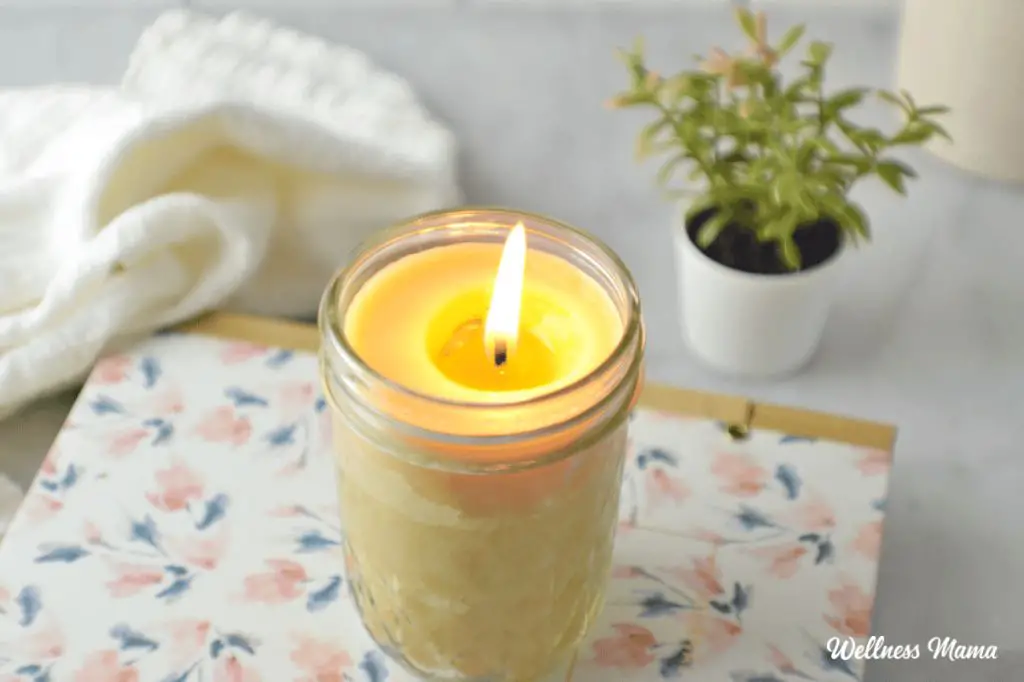
There are several common types of wicks used for beeswax candles:
Cotton Wicks
Cotton wicks are the most traditional and commonly used wicks for beeswax candles. Cotton wicks are made of natural fibers that curl as they burn, promoting full wick combustion. Cotton wicks come in different ply, with a higher ply meaning more strands making up the wick. For beeswax candles, 2-ply or 3-ply cotton wicks often work well (Elements of a Candle: Wicks).
Wooden Wicks
Wooden wicks are another popular choice, made from wood fibers encased in cotton. As wooden wicks burn, they make a pleasant cracking sound. There are two main types – hard wood and soft wood wicks. Soft wood wicks are often recommended for beeswax as they are more flexible and have better capillary action (Guide to Candle Wicks | How to Decide Which Wick To Use).
Paper Wicks
Paper wicks are made from thin sheets of paper that have been rolled tightly. They provide a clean burn but may need to be trimmed frequently. Paper wicks work well for votive and tealight candles using beeswax.
Zinc Core Wicks
Zinc core wicks have a zinc strand at the center, making them very stiff and upright. The zinc helps dissipate heat. Zinc core wicks should be avoided with beeswax candles, as beeswax has a lower melting point and can lead to collapsed wicks.
Wick Size
The thickness or size of the wick is crucial for proper burning and to prevent issues like tunneling. Thicker wicks typically work better for beeswax candles than thinner wicks. This is because beeswax has a high melting point and requires a larger wick to generate enough heat to properly melt and liquefy the wax as the candle burns. Thinner wicks may lead to the wax melting and pooling at the base but not being drawn up through the wick, creating a tunnel down the center.
As a general rule, thicker pillar candles over 2 inches in diameter often require a larger wick like a #6-#8. Medium candles 1-2 inches in diameter usually use a #4-#5 wick. Smaller pillar candles under 1 inch can use a #2-#3 wick. Tea lights and votives usually take a #1 or thinner wick. The wick should be wide enough to stand upright in the molten wax pool but not so wide that it clogs with carbon and creates smoke (source).
It’s a good idea to test different wick sizes when making beeswax candles. Start in the middle of the recommended range and adjust up or down until you find the optimal wick that gives the flame you want. A taller, brighter flame needs a larger wick. Shorter, dimmer flames need a smaller wick. Finding the right wick thickness for the specific beeswax and candle size takes testing and experience.
Wicking Beeswax
Beeswax has a high melting point and requires a larger wick to burn properly. As experts note, braided cotton wicks work best for beeswax candles because they’re stiff enough to stay upright as the wax melts. Cotton provides a good wick as it burns slowly and evenly. The braided structure gives the wick stability and allows the melted wax to climb up the wick.
Compared to paraffin wax candles, beeswax candles need a larger wick size, usually 2-3 sizes larger. This is because beeswax is denser than paraffin wax. The larger wick provides more surface area for the wax to melt and vaporize as fuel for the flame. The wick must be wide enough to absorb and incinerate the melted wax at the rate the wax pool forms.
Square braided cotton wicks are most recommended for beeswax pillar candles. The square shape helps anchor the wick in beeswax and gives maximum surface area. Cotton’s natural stiffness allows the wick to remain upright as the candle burns.
Cotton Wicks
Cotton is one of the most common wick materials used for beeswax candles. Cotton wicks are often braided or plaited to help regulate wax flow up the wick and promote even burning. According to Toadily Handmade Beeswax Candles, cotton wicks come in different sizes like 5/0 and are not pre-waxed so testing is required to find the right thickness.
Cotton wicks have advantages like being all-natural, renewable, and providing a bright flame. Companies like Natural Sloth and Honey Run Farm use 100% cotton wicks in their beeswax candles. The cotton fibers provide structure to absorb and transmit wax while leaving little ash behind.
However, cotton does have some drawbacks. The National Candle Association notes that cotton can create more smoke and require more trimming of the wick as the candle burns.
Wooden Wicks
Wooden wicks are popular for beeswax candles because of the crackling sound they produce when burning. The wood grains in the wick act like mini fuel cells, which pop and crackle as the wick burns down (Hive and Honey Candle Co.). This creates a cozy, nostalgic ambiance that many beeswax candle lovers enjoy.
Wooden wicks are made from natural wood fibers like bamboo, pine, and cottonwood. When paired with natural beeswax, wooden wicks allow you to create a 100% eco-friendly candle. The wood also burns cleaner than cotton wicks, without producing excess soot or smoke (Outpost Soaps).
To get the most crackling sound, look for extra thick wooden wicks. The wider width provides more surface area for the mini pops and sparks as the wick burns down. Some options like Crackling Wood Wick Boosters from Hive & Honey are designed specifically with extra wood grains to maximize the crackling effect.
Paper Wicks
Paper wicks are made with paper fibers woven into cotton strands and then coated with wax. According to Atkins and Pearce, paper core wicks are designed for candles like votives, pillars, and containers.
The paper provides structure to the wick while allowing more wax to soak into the wick. This results in paper wicks burning cooler than plain cotton wicks, reducing issues like soot and mushrooming tops. As noted by reviews on Amazon, paper-cored wicks produce little smoke and are non-toxic.
The paper also makes wicks stand upright and centered. Overall, paper wicks are a good choice for many beeswax candles because they burn cooler and help prevent common candle issues.
Zinc Core Wicks
Zinc core wicks are a popular choice for beeswax candles. As explained on Hive & Honey Candle Co., “Zinc Core wicks are cotton braids with an inner zinc core (no lead alloys). They are suitable to be used in tealight, votive, pillar, and container candles.”
The key benefit of zinc core wicks for beeswax is that the zinc helps keep the wick upright as the candle burns. As The Flaming Candle notes, “The zinc core structure provides maximum rigidity and strength to keep the wick straight in melted wax. The potential for mushrooming resulting from carbon build-up is greatly reduced.”
Hive & Honey Candle Co. sells a variety of zinc core wicks, including the 28-24 Zinc Core 6″ Pretabbed Wick. They describe it as having a “jacket design [that] is 100% all-natural and maintains unmatched rigidity in the molten wax pool.”
With their rigid structure and ability to resist mushrooming, zinc core wicks are a reliable choice for beeswax candles.
Choosing the Right Wick
Testing different wick sizes is crucial for finding the best wick for your beeswax candles. The width of the wick should match the diameter of the candle to prevent issues like tunneling. As a general guideline, larger candle diameters need thicker wicks that won’t drown and smaller diameters need thinner wicks that won’t smoke (Village Craft and Candle, 2021).
To test wick sizes, make a few candles with the same wax and fragrance but different wick widths. Burn the candles and observe how they perform. The right wick will burn evenly without dripping down the side or releasing excess smoke. It may take several rounds of testing to dial in the perfect wick for your specific beeswax blend. Factors like fragrance load, dye colors, pouring temperature, and cure time can all impact how a wick burns. Be patient and methodical in testing until you find the ideal match (Candle Science, 2022).

